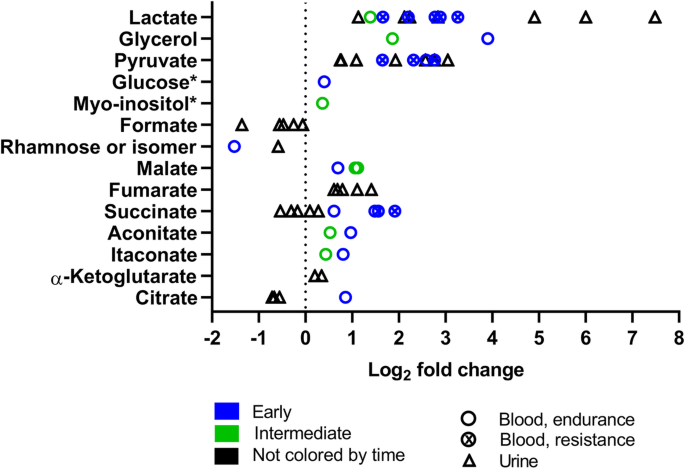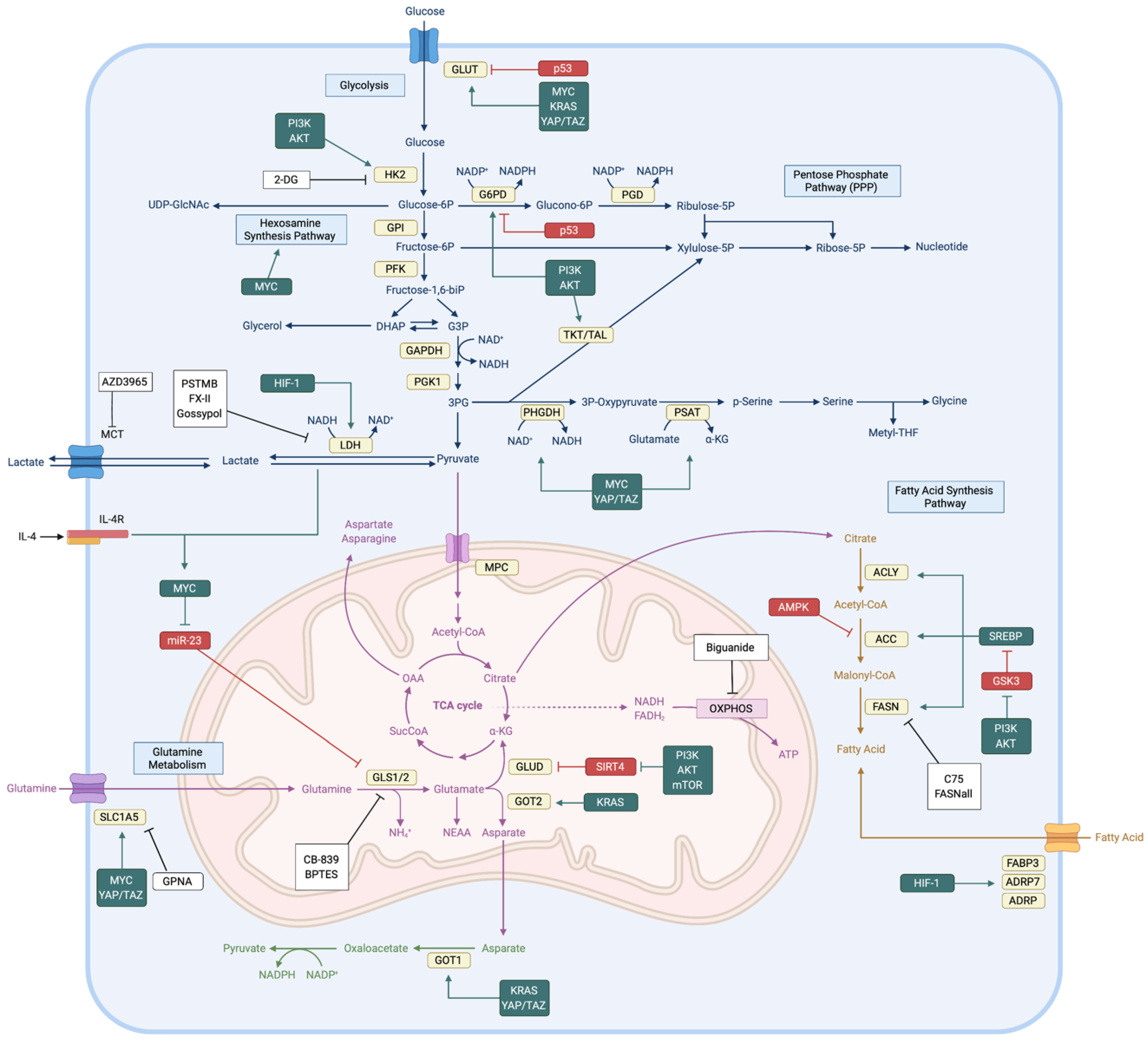Metabolites, Free Full-Text
Por um escritor misterioso
Last updated 22 dezembro 2024

This research focused on establishing a hierarchy concerning the influence of various biological markers and body composition parameters on preventing, diagnosing and managing Metabolic Syndrome (MetS). Our cross-sectional cohort study included 104 subjects without any atherosclerotic antecedent pathology, organized in two groups (with and without MetS). All participants underwent clinical and anthropometric measurements, DEXA investigation and blood tests for all MetS criteria, together with adiponectin, leptin, insulin, uric acid and CRP. Based on mathematical logic, we calculated a normalized sensitivity score to compare the predictive power of biomarkers and parameters associated with MetS, upon the prevalence of MetS. Patients with MetS report higher levels of uric acid (p = 0.02), CRP (p = 0.012) and lower levels of adiponectin (p = 0.025) than patients without MetS. The top three biological markers with the highest predictive power of the prevalence of the disease are HDL, insulin, and adiponectin:leptin ratio, and the top three body composition parameters are trunk fat-free percentage, waist-height ratio and trunk fat percentage. Their high sensitivity scores differentiate them from all the other markers analysed in the study. Our findings report relevant scores for estimating the importance of cardiometabolic risks in the prevalence of MetS. The high rank of protective markers, HDL and trunk fat-free percentage, suggest that positive effects have a stronger association with the prevalence of MetS, than negative ones do. Therefore, this risk stratification study provides important support for prevention and management programs regarding MetS.

Metabolite Concentration Changes in Humans After a Bout of Exercise: a Systematic Review of Exercise Metabolomics Studies, Sports Medicine - Open

Time of day determines postexercise metabolism in mouse adipose tissue

Metabolites, Free Full-Text

Metabolites, Free Full-Text

Frontiers Metabolic engineering of plant secondary metabolites: prospects and its technological challenges

Metabolites, Free Full-Text
Changes in the concentrations of hepatic metabolites on administration of dihydroxyacetone or glycerol to starved rats and their relationship to the control of ketogenesis. - Abstract - Europe PMC

Metabolic network - Wikipedia

Cells, Free Full-Text

Main biochemical pathways involved in lipid metabolism. (A-C)

Analytical Strategies for Assessment of Human Metabolites in Preclinical Safety Testing

Individual variability in human blood metabolites identifies age-related differences

Metabolites, Free Full-Text

Metabolite Concentration Changes in Humans After a Bout of Exercise: a Systematic Review of Exercise Metabolomics Studies, Sports Medicine - Open
Recomendado para você
-
 Digital 14th Birthday Invitation 14th Birthday Electronic22 dezembro 2024
Digital 14th Birthday Invitation 14th Birthday Electronic22 dezembro 2024 -
 I just had to check ICQ project22 dezembro 2024
I just had to check ICQ project22 dezembro 2024 -
 No manga drawing today - ICQ 2000b by cleversonsa on DeviantArt22 dezembro 2024
No manga drawing today - ICQ 2000b by cleversonsa on DeviantArt22 dezembro 2024 -
 Gramogram - Wikipedia22 dezembro 2024
Gramogram - Wikipedia22 dezembro 2024 -
DATA Detection Technologies LTD.22 dezembro 2024
-
 Sweet 16 Boho Dusty Pink Floral 16th Birthday Invitation22 dezembro 2024
Sweet 16 Boho Dusty Pink Floral 16th Birthday Invitation22 dezembro 2024 -
 I just had to check ICQ project22 dezembro 2024
I just had to check ICQ project22 dezembro 2024 -
 Editable Strawberry Baby Shower Invitation Berry Sweet Baby22 dezembro 2024
Editable Strawberry Baby Shower Invitation Berry Sweet Baby22 dezembro 2024 -
 African Proverbs: The Wisdom of a Continent22 dezembro 2024
African Proverbs: The Wisdom of a Continent22 dezembro 2024 -
The Gap In The Market: Data-Driven Team Coaching And22 dezembro 2024
você pode gostar
-
 Everywhere You Look: Fuller House Season 1 - Nerdy Alerty22 dezembro 2024
Everywhere You Look: Fuller House Season 1 - Nerdy Alerty22 dezembro 2024 -
 Video Games Lollipop Chainsaw for sale22 dezembro 2024
Video Games Lollipop Chainsaw for sale22 dezembro 2024 -
 Instagram: age distribution of global audiences 202322 dezembro 2024
Instagram: age distribution of global audiences 202322 dezembro 2024 -
 Pokemon Showcase - Galarian Articuno : r/TheSilphRoad22 dezembro 2024
Pokemon Showcase - Galarian Articuno : r/TheSilphRoad22 dezembro 2024 -
 Ballmastrz: 9009: All Of The Anime Easter Eggs From The Show's Second Season - Bubbleblabber22 dezembro 2024
Ballmastrz: 9009: All Of The Anime Easter Eggs From The Show's Second Season - Bubbleblabber22 dezembro 2024 -
 Made In Abyss Season 3 - Everything You Need to Know - In Transit Broadway22 dezembro 2024
Made In Abyss Season 3 - Everything You Need to Know - In Transit Broadway22 dezembro 2024 -
 Bully 2 was started but never finished, according to source22 dezembro 2024
Bully 2 was started but never finished, according to source22 dezembro 2024 -
 C100 doujinshi pixel phantom kamiya yu no work no life zero no game no life z122 dezembro 2024
C100 doujinshi pixel phantom kamiya yu no work no life zero no game no life z122 dezembro 2024 -
 World War II European Theater of Operations Expanded SPI TSR22 dezembro 2024
World War II European Theater of Operations Expanded SPI TSR22 dezembro 2024 -
 Easy way to get some of the BEST coils22 dezembro 2024
Easy way to get some of the BEST coils22 dezembro 2024

